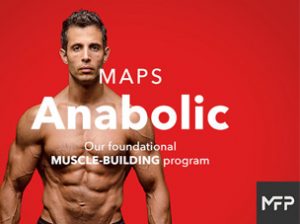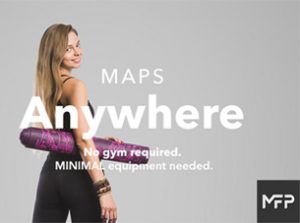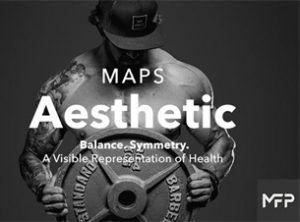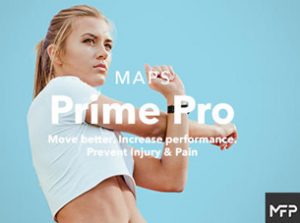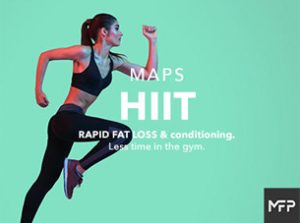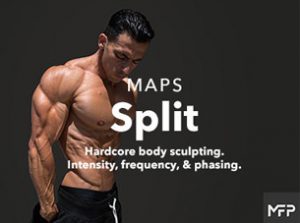Heavy vs. High Volume: Which Training Style Builds More Muscle?
Jan 20, 2025 mindpumpWhen it comes to building muscle, one of the most debated topics in the gym is whether heavy lifting or high-volume training is more effective. Both have their place, but let’s break it down so you can figure out which approach works best for you and your goals.
Heavy Lifting: Strength
When it comes to building strength, more focus is placed in the lower rep range (think 3-6 reps), utilizing compound movements like squats, deadlifts, bench presses, pull-ups, rows, and overhead presses. When it comes to strength, what matters is being able to move a lot of weight. There’s less focus on isolating specific muscles, or ‘feeling the burn’. You’ll be lifting anywhere from 75-90% of your one rep max because strength is the goal. You want a nice balance of lighter work to spend time nailing down your form, and some time spent close to failure so you can ensure you’re making strength increases in the gym.
We’re trying to activate fast-twitch muscle fibers. They respond better to lower reps. This combination of lighter and heavier days will train your central nervous system to recruit more muscle fibers, which translates into better performance over time. This will actually translate to your more high-volume days as well. Lifting heavier allows you to push more weight during higher rep sets. The one thing to watch out for is not spending too much time at the higher end of intensity. The end result of doing that burns out your nervous system and leads you to over training. When training in that 80-90% intensity range, make sure to take as long of a break as you need in between sets to feel as fresh as possible. It’s not about tiring your muscles as much as it is teaching your central nervous system better recruitment patterns.
High Volume: Hypertrophy
On the other end of the spectrum, higher volume means more sets, and often at higher rep ranges (think 8-20 reps). This intensity range spends more time around 60-80% of your one rep max. Here is where we do want to focus on time under tension, feelings that burn in the muscle, a strong mind muscle connection, and really isolating the muscles. The more tension we get, the more blood flow and metabolic stress we build. This build-up is what signals muscle growth (through muscular swelling and fiber damage).
While you can still do compound movements, since muscle growth is the primary goal, you may find you spend some time doing more isolation work. The goal is to find the areas that lag behind and add extra sets to those areas to elicit the growth you want. Some people just have certain muscle groups that respond really well to a lower amount of volume, and others find certain muscles just need more overall weekly sets to respond. The benefit is its less overall stress on your CNS. The downside is, it leaves a lot of room for junk volume. Junk volume is adding more and more sets but not keeping the same mind muscle connection to each set. You are basically adding sets just for the sake of it. Try to stay away from this as it can lead to you just wasting time in the gym and possibly overtraining.
Why Not Both?
You don’t have to choose one or the other. Chances are most people want at least some variety of both. You can do this. By using periodization, you can have workout phases (mesocycles) where you spend 4-6 weeks in one rep range (strength), and then another 4-6 weeks in a higher rep range (hypertrophy).
You can even do a little bit of both within a given workout. For example, I may keep all my compound lifts in the 3-6 rep range for a given muscle, then use the other more isolated or machine-based exercises in the 8-20 rep range. As I spend more and more time lifting, I can play around and see what rep range my body responds best to with a given exercise.
Know Your Goals and Body
It all comes down to what your goals are. I generally recommend clients start off not mixing too much together and spending each phase in a certain rep range. This allows you to see how your body responds as a whole to a given rep range. Then you can switch and it gives you a better picture overall of how you are responding. As you dial this in you can fine tune what to play around with and swap out. Choose first whether you’d prioritize strength or size.


